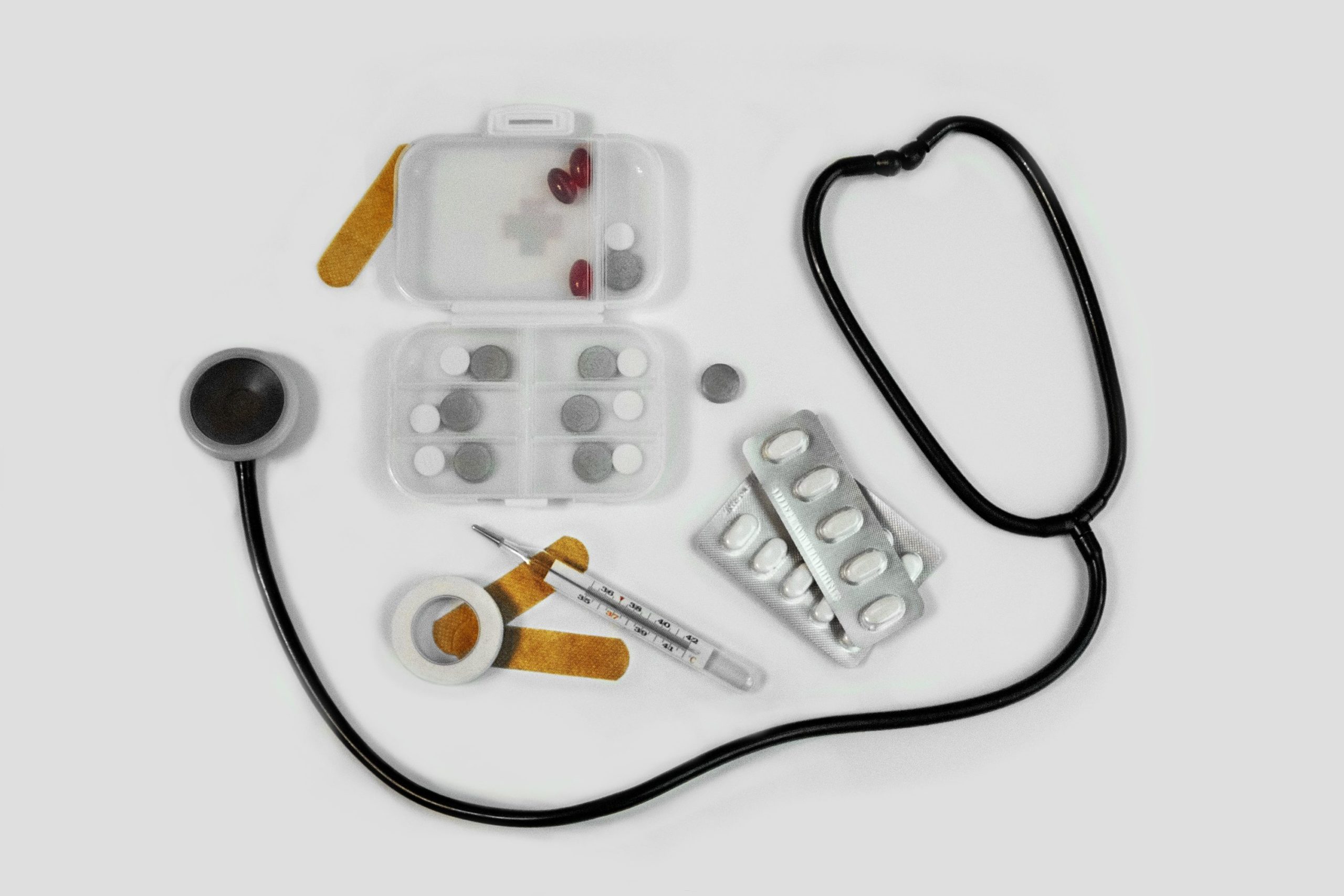Uses of beets (Beta vulgaris) and molasses (Saccharum officinarum)
June 12, 2022

HIV/AIDS associated malnutrition is a negative prognostic indicator and a major contributor to the development of malnutrition among people with HIV early in the epidemic. Your untreated HIV status increases your energy needs while reducing your appetite. In the later stages, it restricts the absorption of nutrients.
Malnutrition in your body develops when your body is not getting the optimal amounts of vitamins, minerals and other nutrients it needs to maintain the health of your tissues and the function of your organs.
Weight loss and malnutrition are common with HIV or AIDS and have the potential to accelerate disease progression, increase your odds of getting the disease, and reduce your chances of survival, as well as documented undernutrition. nutrients affect immunity. Several patterns of weight loss are observed.
Energy metabolism
As with many infections, increased resting metabolic rate (RMR) is often thought to be an important factor in energy imbalance in HIV/AIDS. RMR is highest in those with the most severe disease. Unlike adults, most studies in children have shown no difference in RMR between infected and uninfected children, although studies have shown increased energy expenditure in children with opportunistic infections. .
Energy intake
Anorexia resulting in decreased energy intake is the main reason for weight loss in HIV/AIDS patients. Systemic infections such as tuberculosis and intestinal infections such as Cryptosporidium and esophageal candidiasis are particularly important.
In many HIV/AIDS patients, undernutrition occurs in poor household settings and food shortages. Things can get even worse because HIV/AIDS prevents people from feeling well enough to work, or to do enough farming or earn enough money to buy food.
Energy malabsorption
Intestinal malabsorption leading to nutritional energy loss is common in HIV/AIDS patients. Albendazole seems to enhance absorption, but the mechanism is unclear. More than 80% of HIV-positive patients in one study had stool fat in the 20-30% range of dietary fat. With this high degree of fat malabsorption, a negative energy balance will develop unless there is a significant increase in food energy.
Protein intake
Protein deficiency is closely related to energy deficiency; both are commonly deficient in protein in HIV/AIDS, and there is so much evidence of protein deficiency in HIV/AIDS that it has been suggested that children and adults with HIV/AIDS need much more protein than other peers are not infected. Most studies have examined the metabolism of individually tagged amino acids as they are incorporated into the body’s protein reservoirs or excreted as metabolic products.
Protein loss in the body
Protein loss in the body is due to inadequate intake, malabsorption and metabolic changes. Fat is usually lost first, and as the body’s fat stores are depleted, more lean mass is lost per kilogram of total weight loss.
However, not all studies confirm this hypothesis. Whatever metabolic mechanisms are responsible for the changes in body composition in HIV/AIDS, they may be different from those in chronic malnutrition or cancer-associated weight loss. Protein mass loss is markedly accelerated in opportunistic infections.
Conclusion
Weight loss in adults and weight reduction and growth failure in kids are not unusual in HIV/AIDS. Deficiency of protein and strange protein metabolism arise in HIV/AIDS. However no proof exists for expanded protein consumption. Dietary dietary supplements the use of various palatable, affordable, to be had foodstuffs are wished to triumph over anorexia at some stage in acute infection and convalescence.